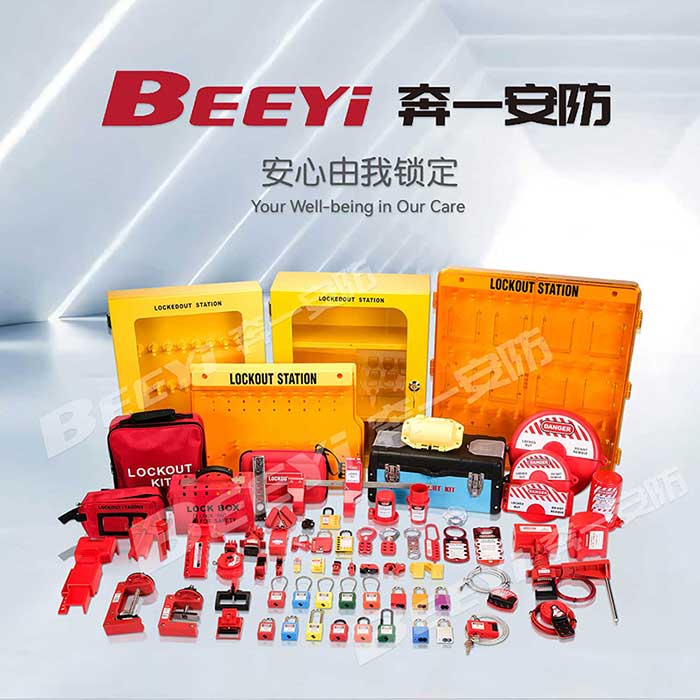Lockout Tagout (LOTO) equipment plays a crucial role in ensuring the safety of workers, particularly in environments where machines, electrical systems, and mechanical processes are in operation. By preventing the accidental startup or release of hazardous energy, LOTO systems help mitigate the risk of workplace injuries and fatalities. This safety procedure, though often overlooked, is essential for maintaining a secure and compliant work environment. In this article, we will explore the various types of lockout tagout equipment, their significance, and best practices for using them in the workplace.

What is Lockout Tagout (LOTO)? Lockout Tagout refers to a set of safety procedures and equipment designed to isolate energy sources (such as electricity, hydraulic pressure, or compressed air) from machinery during maintenance or repair. This ensures that the equipment cannot be accidentally activated while workers are performing repairs, inspections, or other maintenance tasks. The goal of LOTO is to protect workers from potentially life-threatening hazards caused by the unexpected release of energy. Types of Lockout Tagout Equipment Locking Devices (Locks) The core component of any lockout tagout system is the lock itself. Locking devices are used to physically secure switches, valves, circuit breakers, and other energy-isolating mechanisms. The lock ensures that no one can accidentally or intentionally turn the device back on during maintenance work. Locks come in various forms, including keyed locks and combination locks, depending on the level of security needed.